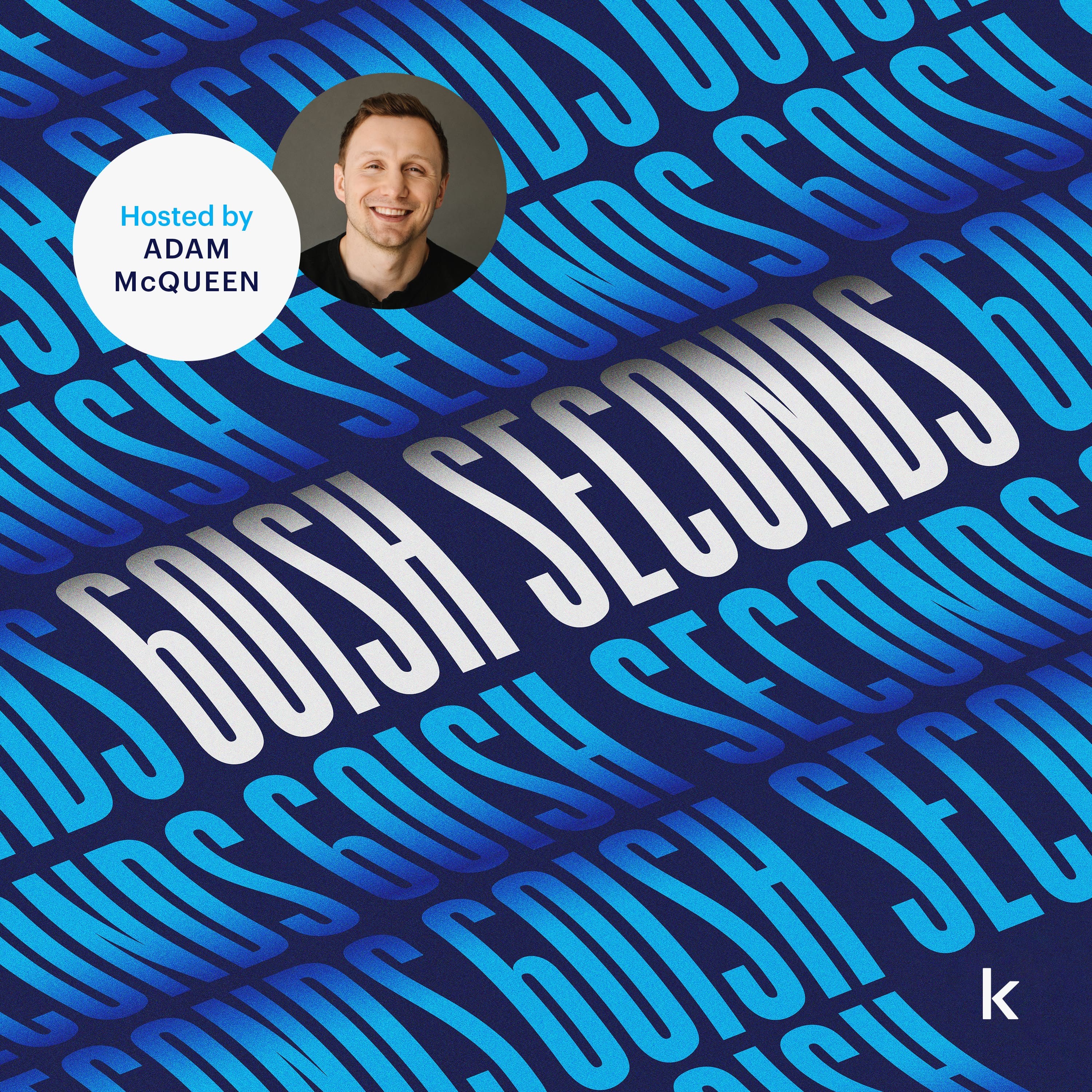How Apple Stole the Smartphone Crown | VERSUS
VERSUS is a monthly dive into the fiercest battles in business history. Listen to the podcast episode on Spotify, Apple Podcasts, or wherever you get your podcasts.
Make sure to read the full article on our blog.
The Sparknotes
BlackBerry revolutionized the smartphone market before Apple blew them out of the water
“People could now send emails, receive emails away from their desk, which you couldn’t do before. That completely changed how people communicate”
Before BlackBerry revolutionized mobile device technology, your options for two-way communication were to pick up the phone and call someone or struggle through a text message using T9 typing. (Just make sure to keep that message below 250 characters.)
That all changed when BlackBerry smartphones allowed users to access, send, and receive emails from the device in their pocket.
This was a game-changer for its primary user-base: business professionals. They were no longer tied to their desks, which freed up their movement and were the beginnings of the remote-working paradigm we know today.
Eventually, thanks to this technology and brilliant influencer-marketing campaigns, business professionals and politicians (like Barack Obama) simply could not live without their BlackBerrys.
At its peak, the makers of BlackBerry Research in Motion (RIM) sold 50 million units.
In 2007, the year of the first iPhone, BlackBerry absolutely dominated Apple.
The iPhone 1 sold 1.4 million phones in its first year, while 4 million BlackBerry phones were sold in Q4 alone.
But as history went on to prove, BlackBerry’s dominance was about to start fading into oblivion.
Blackberry completely misread the market and underestimated Apple
“They just failed to fail to adjust to the times quickly enough…the iPhone was a lifestyle phone, not a business phone.”
Ask any BlackBerry user what they loved most about their phones? The keyboards.
The raised keys aligned in a QWERTY keyboard allowed people to write emails and texts with impressive speed and accuracy.
And who needed to write emails fastest and most accurately? Business professionals — the core market segment of BlackBerry users.
So when iPhone launched with a keyless, one-hundred percent touch screen (one that at first was clunky and slow compared to BlackBerry) RIM didn’t lose any sleep over Apple’s foray into the smartphones.
But RIM’s bosses made two crucial mistakes:
- They didn’t realize that touch-screen technology would only get better and better
- They didn’t appreciate that there could be a wider demand for smartphones beyond just business professionals.
- These two gross miscalculations coupled with Apple’s continued technological innovation, and creation of the App Store would ultimately lead to BlackBerry’s demise.
♀️ Apple’s tech improvements and launch of the App Store created a lead BlackBerry couldn’t catch
“Once you’re playing catch up in this kind of market, especially against someone that’s so innovative and so creative and looking into the future, you’re done.“
The first iPhone left a lot to be desired.
At face value, its poor battery life, frequent dropped calls, and clunky touch-screen technology gave no reason for BlackBerry to be worried about Apple eating their lunch any time soon.
But, as author Clayton Christensen laid out in The Innovator’s Dilemma, technology continually improves until it gets to a point where it’s powerful enough to own a large chunk of the market.
As the iPhone’s deficiencies became less deficient, more and more smartphone users began seeing iPhone as a viable alternative to their BlackBerrys.
Moreover, the launch of the App Store in 2008 gave iPhone users another competitive advantage over BlackBerry.
A simple fact of life in 2022, app stores — and apps in general — were revolutionary at the time. Apple’s decision to launch the App Store allowed the company to
- Crowdsource ingenuity by incentivizing developers to produce third-part apps
- Create another revenue stream (one that facilitated nearly $500 billion in sales in 2019)
- Build a competitive moat
Apple had sold 21 million iPhones by the end of 2009, a number which continued to double over the next three years.
BlackBerry simply couldn’t keep up with this pace.
And in the end, the battle of Apple VERSUS Blackberry went to Apple.
Listen to the episode on Spotify, Apple Podcasts, or wherever you get your podcasts
NEWSLETTER

Competitive strategies in five minutes or less. Straight to your inbox.
The official newsletter of The Compete Network with the best compete content from Klue, our customers, and compete experts from around the industry. Coffee & Compete's got you covered.
















